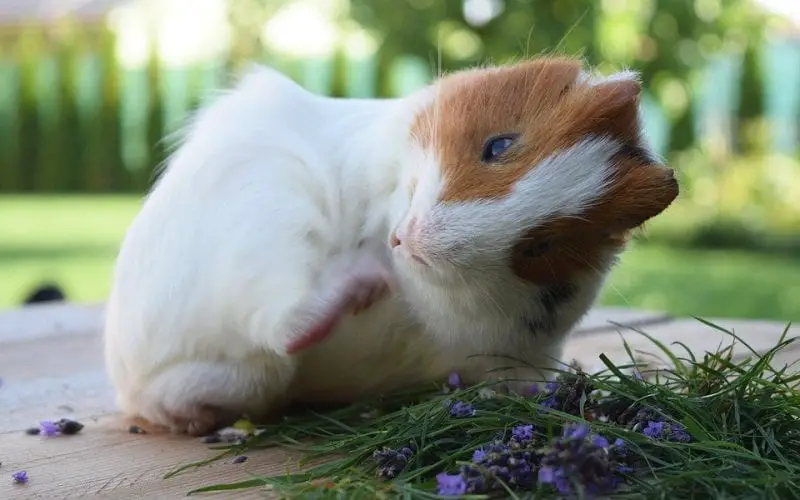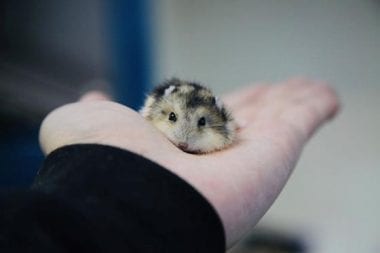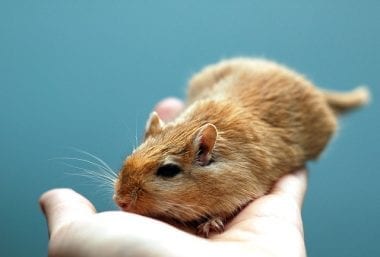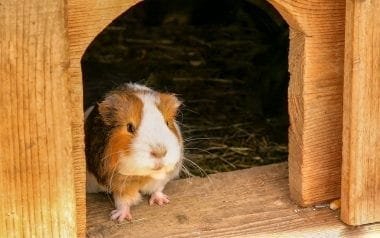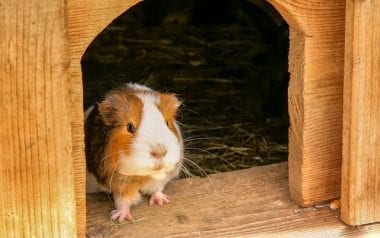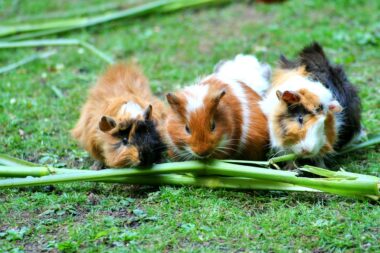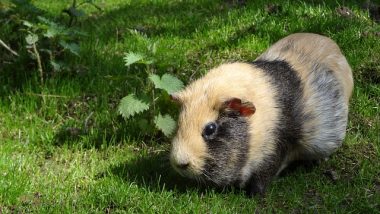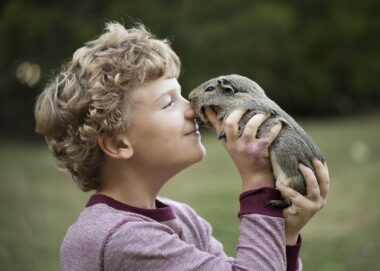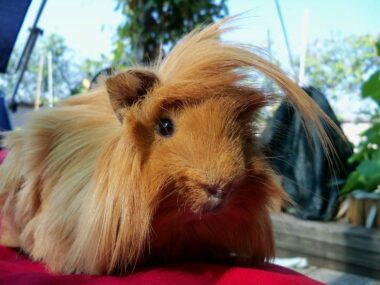Guinea pigs are by far the cutest rodents that everyone loves and adores as pets. A baby guinea pig is even cuter, and these funny, fluffy and innocent little animals are very close to our heart!
But, are you sure that you know everything about these cute buddies? Do you know where these babies come from? Go through this interesting blog, and check if you really know your little fluffy friend!
Baby guinea pigs are not your regular pigs!
Don’t get confused with the name. A guinea pig is very different from the farm pigs or piglets. They belong to the family of rodents, with the scientific name being cavia porcellus (it means piglet!).
This friendly and curious little friend of yours is entirely unrelated to pigs, and are also known by the term cavies. Did you know that baby guinea pigs go by the name of pups? (How cute is that!)
The males are called “boar” while their female counterparts are called “sow”. As to why they are called “pigs” is unknown. There are many researchers, though, who connect the name of a pig to their sturdy body structure. (At times these baby guinea pigs make grunt noises too, which are much identical to those made by a pig!)
They do not come from Guinea
Surprised? You shouldn’t be! Although their name mentions ‘guinea’ pig, they originate in the Andes region of South America. The South American jungles are their home, and this fluffy little creature is known for its docile nature. As to why the country Guinea is in their name is a mystery which many people have tried to solve.
They were initially domesticated first in Peru. These pocket pigs do not exist freely in the wild. They were domesticated for the purpose of livestock, and also for eating. Today they are found in numerous coastal or forest areas and are named differently in various countries. These fluffy babies can be found in Brazil, or Paraguay, and even Bolivia.
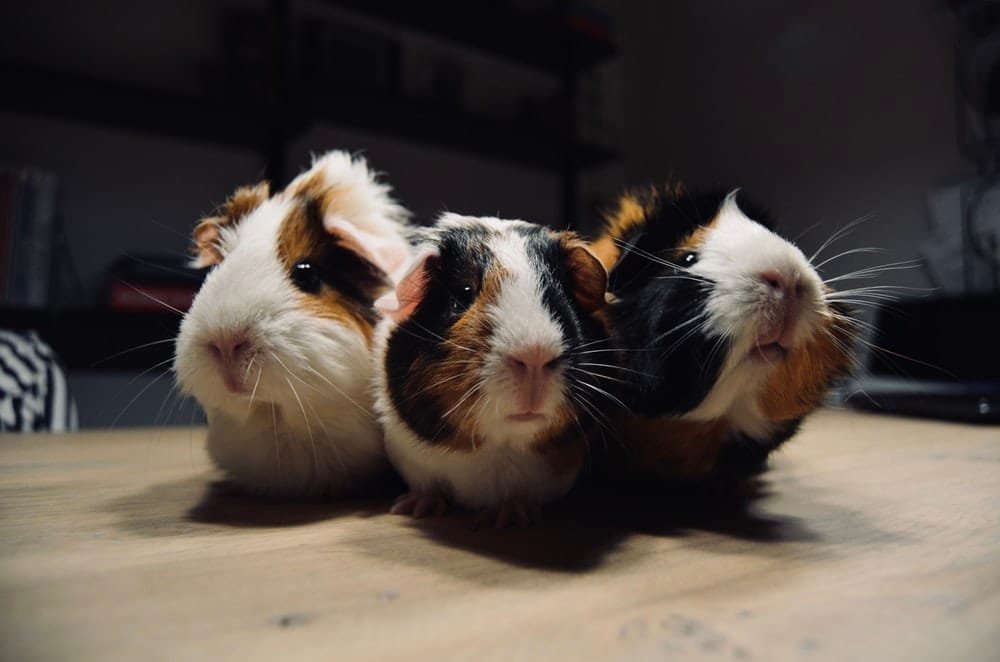
There are two common theories as to why their name has ‘Guinea’ in it. The first one is more likely because it says that the name comes from a disruption to the name ‘Guiana’ (It is a place in South America). The second theory says that since Spanish people brought these cute rodents via Guinea, hence the name.
Baby guinea pigs are alert animals
A guinea pig is a vigilant animal by nature. They are fearful of predators and are light sleepers. They wake up with the slightest of sounds or movements. As a consequence of this alert nature, they have developed the ability to sleep by keeping their eyes open! (How amazing is that now?)
Like fish, they can sleep with their eyes wide awake, and also sleep for a short time. So if you feel that your guinea pig doesn’t sleep, you are mistaken! You will not be able to tell when your fluffy little friend is taking a good nap!
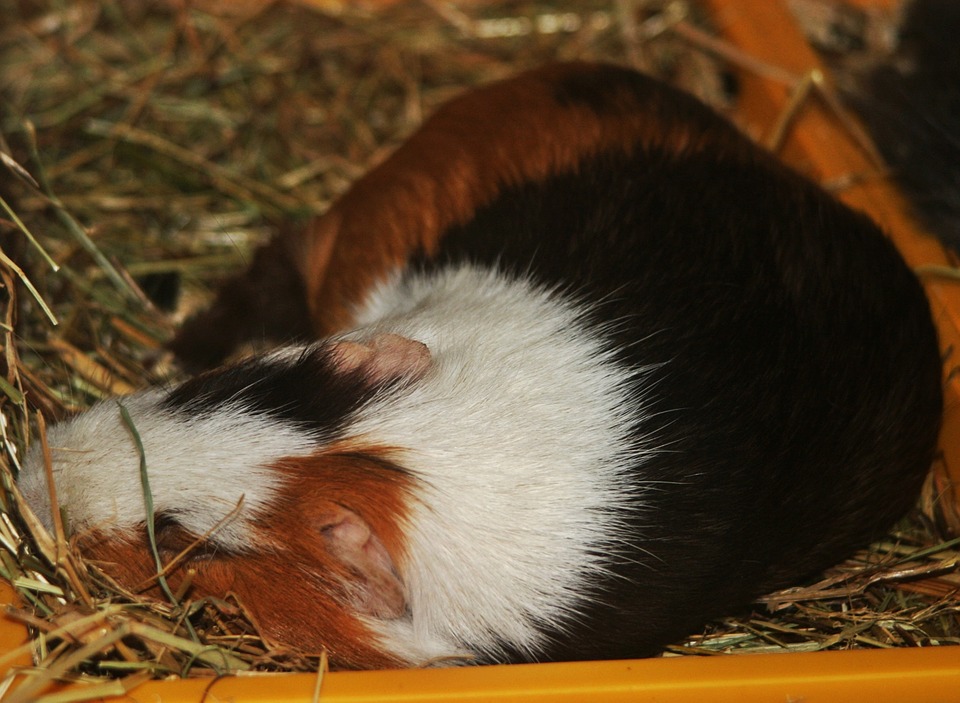
Baby guinea pigs are crepuscular animals (they remain most active during the twilight). But this does not mean that they are not alert throughout the day. (Did you know that guinea pigs stay awake for as long as 20 hours?). They continuously search for food and have access to the safest hiding places. They keep on nibbling on their favorite chew throughout the day!
They require lots of food and vitamins
This fact is linked with their short sleeping time. As they remain awake most of the time, the quantity of food they need is quite a lot. (Any idea what’s their favorite food? Its hay!) They are mini grazing animals, and hay boosts their digestive system.
Their teeth grow continually, and as a baby, it will grow for a longer time. So they keep on chewing hay so that the teeth are in their correct length. Gnaw sticks are another favorite chew of your baby guinea pig.
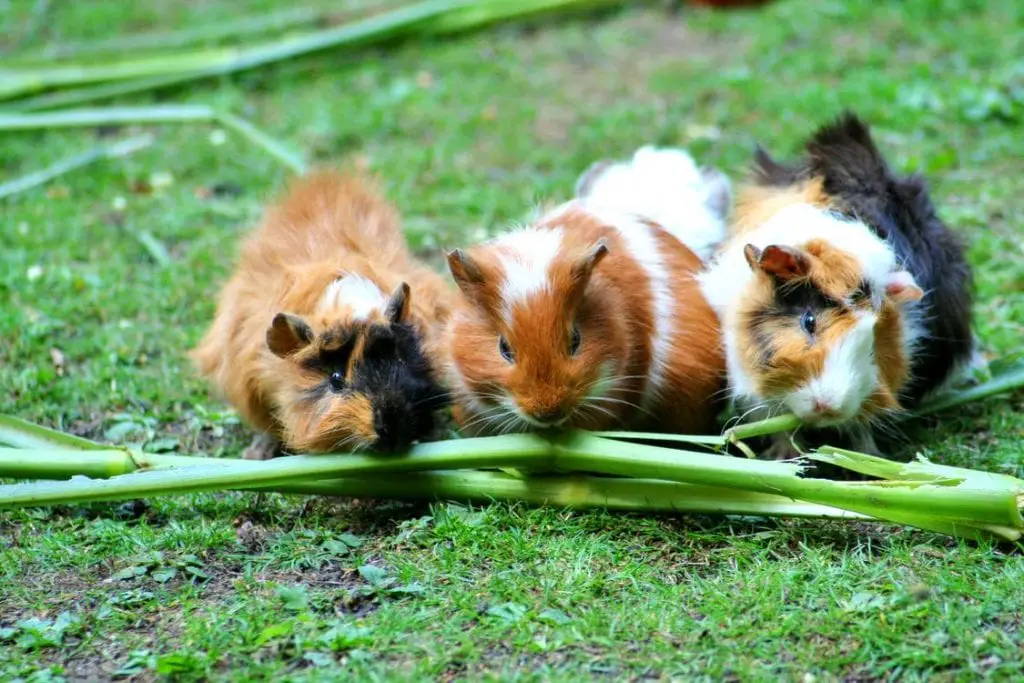
However, a thing that these fluffy animals lack is the ability to produce vitamin C (much like us, humans!) They can neither produce nor store vitamin C. You need to supplement vitamin C to your friend if you want to keep him healthy and well-nourished.
You can feed your little friend a diet full of green leafy vegetables, like spinach, dandelion or broccoli. But it would be best if you kept in mind not to feed him any muesli type of food. (You have to keep his baby digestive system healthy, right?) Be cautious while you feed him, though. These babies bite your hand because they think of it as food as well!
There are various races of baby guinea pigs
There is quite some number of breeds of guinea pigs, which you can easily distinguish by their hair type. There are almost 13 breeds of these tailless rodents. They vary in texture, color and even in the length of their furry little coats. From Baldwin to Skinny, and American or Short-haired, there are all types of guinea pig babies.
Although they vary in size but have various similar characteristics. Their stout body, for example, is the same for all breeds. All of these breeds have similar kinds of the head and sharp claws.
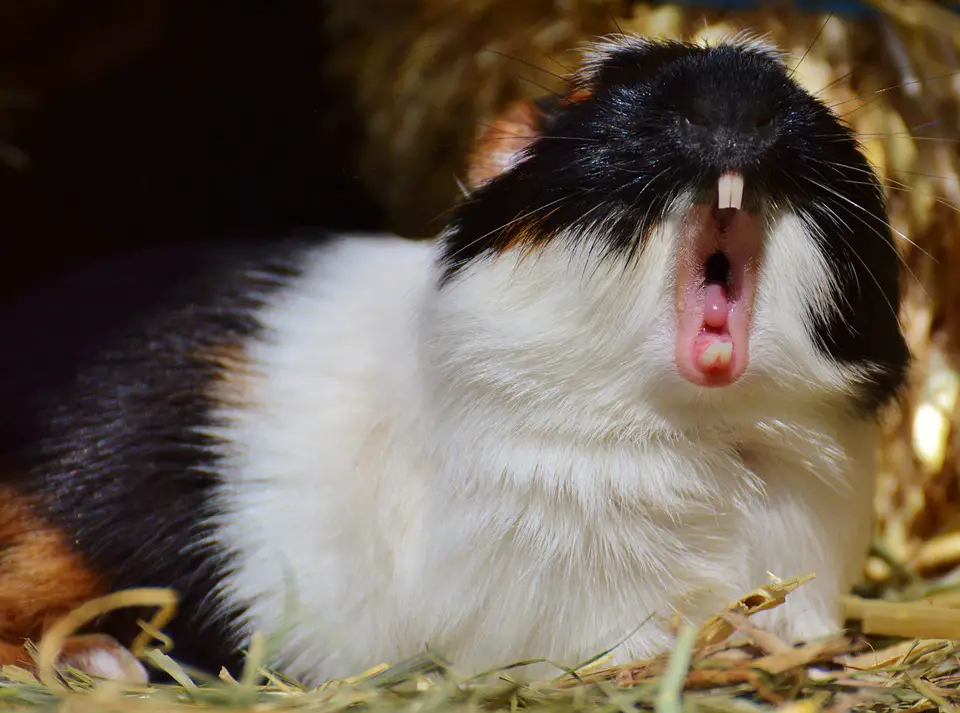
Their teeth keep growing for life. Another characteristic of these fluffy rodents is their soles. They have entirely hairless soles.
Baby guinea pigs talk a lot
Yes, you heard it right! Your cute little friend is talkative and very much vocal. They require companions frequently as they are amiable creatures. They love to be with their kind. (Don’t be disheartened! Your fluffy friend loves you too and enjoys human affection just as much!)
This is the primary idea why you should keep your guinea pigs in pairs. Though as a baby it might not just talk much yet, they will surely be excited to find a companion. You can also keep him in a small group if you are willing to home a lot of them!
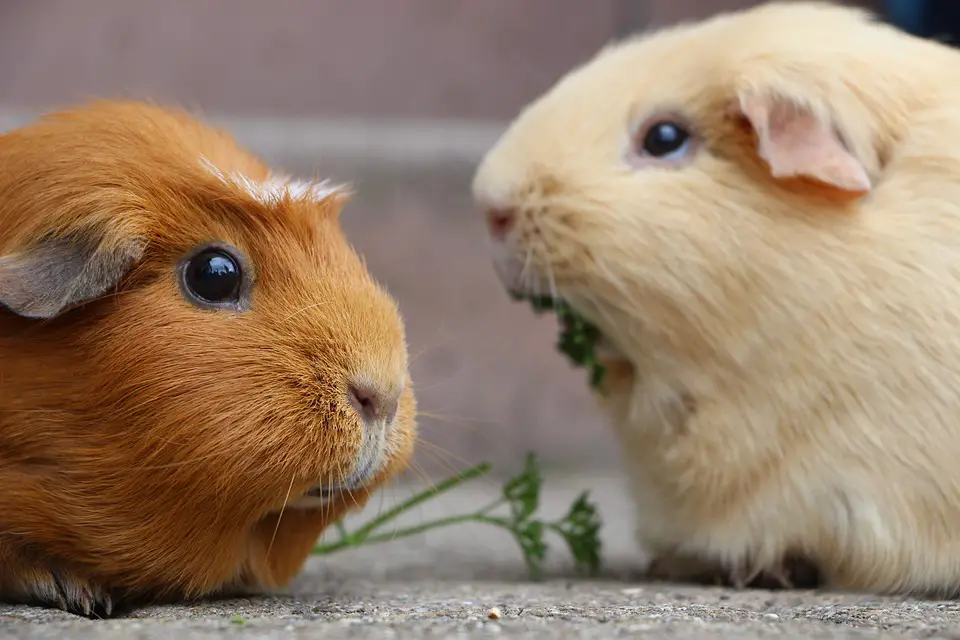
They make a lot of exciting sounds, and especially when their kind is near. They are quite emotional creatures and want to grab attention. So they make those cute little squeaking noises!
Apart from talking, baby guinea pigs love it when you hold them! They are quite sensitive to human touch. They are social rodents and are more outgoing than any of their other breeds. (Do you know that your baby friend will also get along quite well with your dog?)
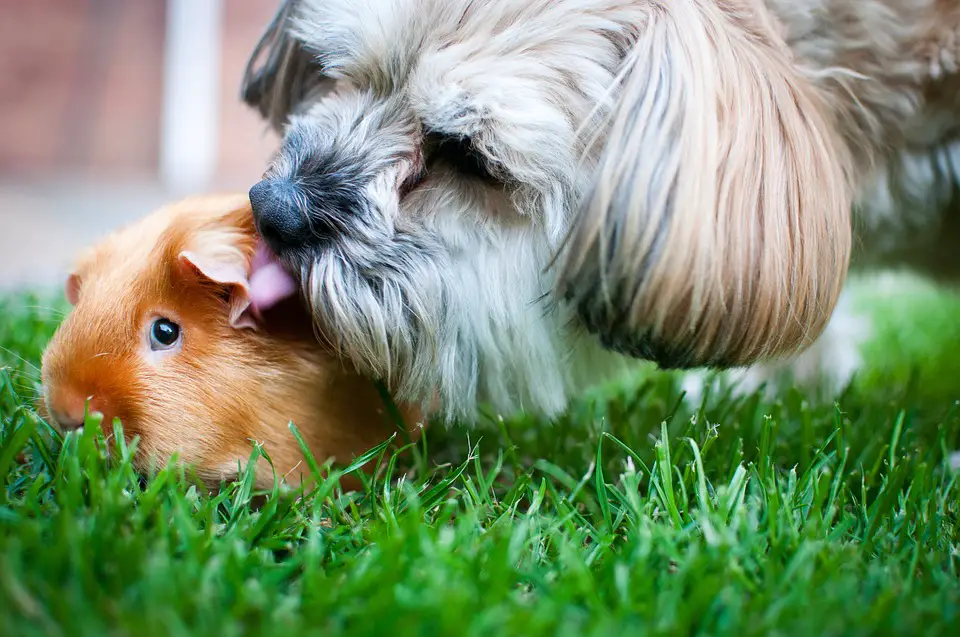
Pro Tip: You can trust it when we say they are sensitive to touch. When they are wriggling, try to put him on his backside and put your hand softly. He will stop wriggling!
They can be very intelligent and expressive
Guinea pigs are inborn quite expressive animals. Baby guinea pigs might take a while to express themselves, but if you take notice, you will know his mannerisms. They are quick learners of words and can understand your orders.
Pups, who are born with little fur, take time to open their eyes. But being fast learners, they learn to run pretty quick (when they are only a few hours old!). Do you know how fast they mature? When they are only three months old!
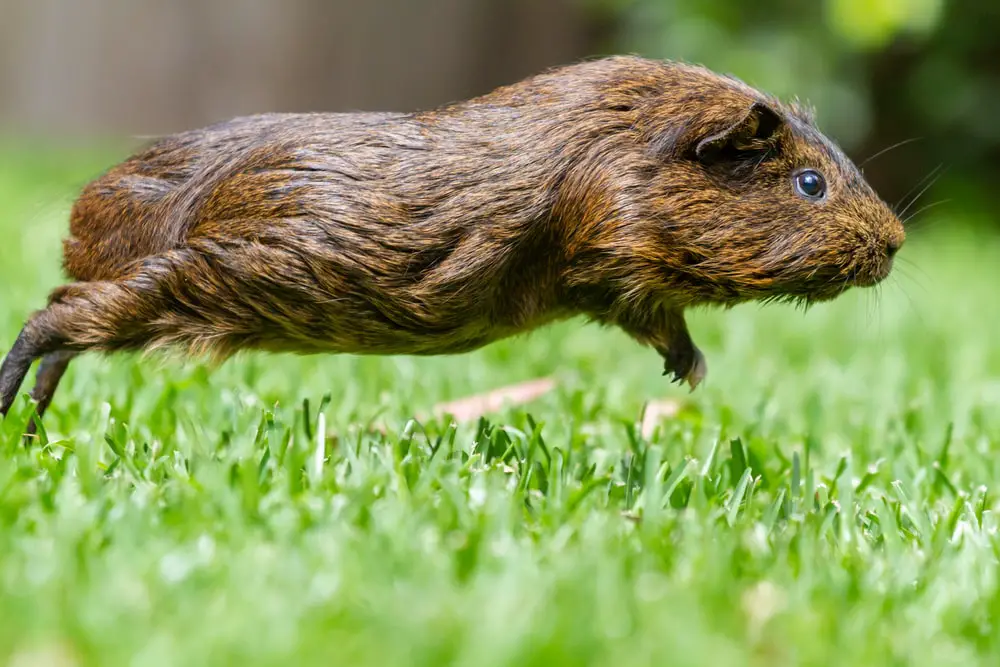
They survive quite long if provided with the right nutrition, and their brains keep developing. These cute babies can show you how they are feeling with different noises like shrieking, growling and also chatter their teeth when angry. They will show you if they are happy or excited!
They eat their faeces for nutrition
Seems disgusting right? But it is very accurate! Guinea pigs need their daily dose of nutrition which they get best from their poop. They do not eat all types of faeces, though, only one particular type.
Every guinea pig can produce only two types of poop. (You will not be able to distinguish, only they can!). This is the reason these rodents eat only one type of faeces. This forms a vital part of their daily routine.
These fluffy babies eat mainly hay and plant materials. As you might understand, these leaves are quite challenging to digest, and the babies are unable to absorb all the essential nutrients. They choose to go for a second round so that they can easily digest the food they have tried digesting before!
We know this fact might be very disgusting to read about, but this is crucial for your cute friend’s health!
Bonus Fact
Unlike all other animals, guinea pigs (and their babies too!) have an uneven number of toes! Yes! The toe number on their hind feet and forefeet is not the same. Each of their hind feet has four toes while there are three toes on their hind legs.
If you are someone who loves animals and keeps pets in your house, a baby guinea pig might be your favorite choice. And if you already own one, you are quite well aware of your fluffy pet’s likes or dislikes! Now you will be able to take better care! So, among all these facts, which one was most intriguing for you? Which one was new for you?
